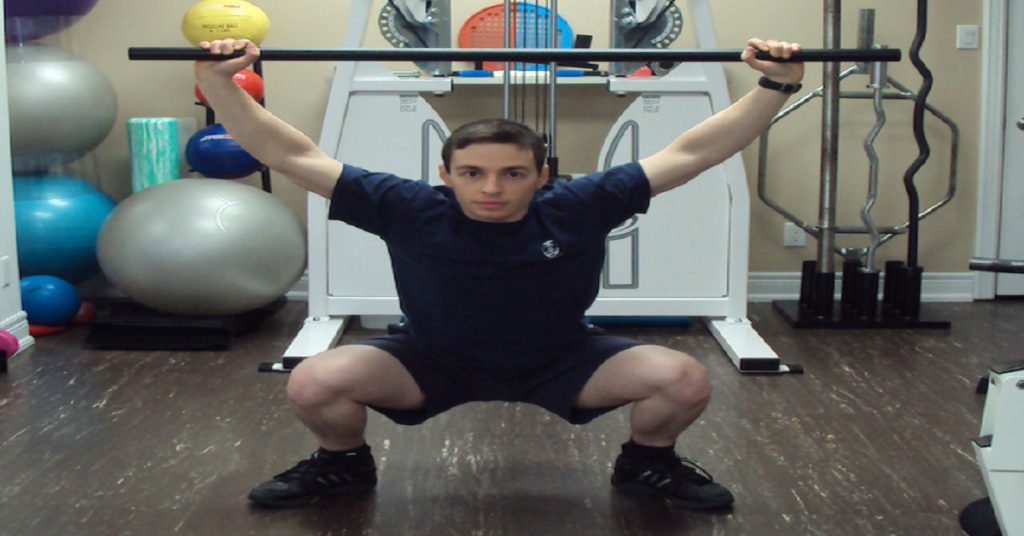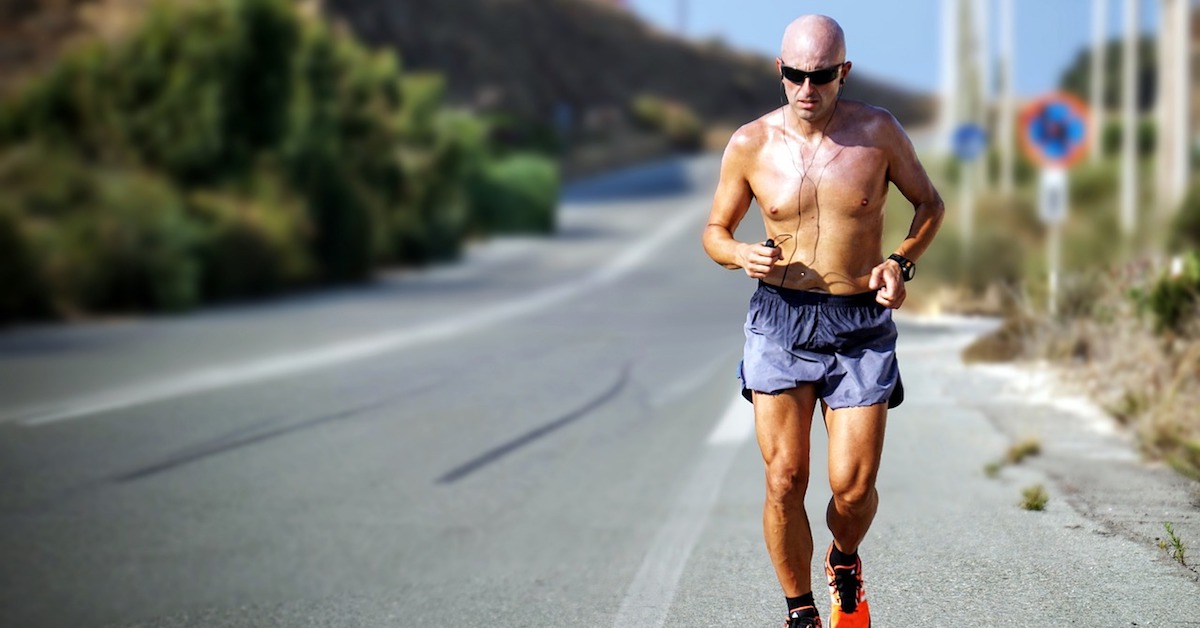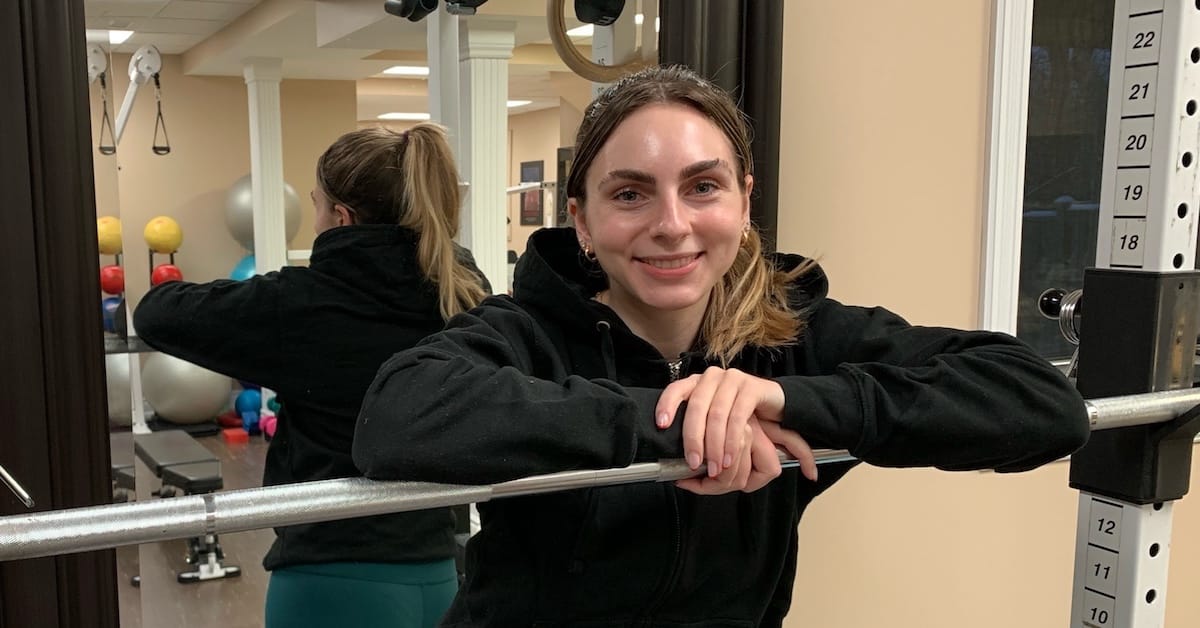Sometimes, to lift big numbers in the gym, you need to start light—really light—as in broomstick-light! Believe it or not, a simple broomstick can be a powerful tool in your arsenal. It can help boost your bench and squat in a big way. Here’s how.
The Morning Ritual
For the bench press, many strength athletes begin their warm-up with an empty bar. It’s not just about getting blood flowing and dialing in the motor pattern—it’s also a way to assess recovery. If that 45-lb bar feels off or unusually heavy, it’s a sign your body needs more time. Take an extra day off.
Mike MacDonald, a bench press specialist, took it a step further. He would test recovery with a broomstick before entering the gym. On the morning of a scheduled bench workout, he’d grab a broomstick and mimic the bench press motion while standing. If he felt any soreness in his chest or shoulders, he wouldn’t train that day.
And MacDonald knew what he was doing. He held the bench press world record in four different weight classes (181, 198, 220, and 242 pounds) simultaneously for five straight years (1976–1981). In total, he set 36 world records—raw—without a bench shirt or elbow wraps.
Physically, MacDonald didn’t look like a beast, but on the bench press, he was a monster! Success leaves clues—make the morning broomstick test part of your ritual.
The Warm-Up Ritual
More lifters are recognizing the value of mobility drills in their warm-up. Static stretching is out. Dynamic stretching is in. And the overhead squat is one of the best ways to do it.
Performing ten reps with a snatch-grip overhead squat using a broomstick can stretch everything from your toes to your fingertips. Start slow and shallow, and gradually increase your speed and depth with each rep.
Don’t use a heavy weight—not even an empty bar. You’re not trying to cause fatigue. You’re trying to fire up your nervous system and improve mobility. A broomstick will allow both.
Proper execution is key:
- Stand with your feet about shoulder-width apart, toes slightly out.
- Grab the stick with a wide grip (lift your arms out to your sides, then up halfway toward your head is a good guide).
- Keep your arms fully extended—no elbow bend.
- Actively pull the stick apart to engage your triceps and maintain elbow lockout.
- Keep the stick aligned with the back of your head—don’t let it drift forward.
- As you descend, ensure your knees track over your middle toes.
- Keep your chin up, back flat, hips level, and heels down.
Focus on perfect form. Increase your range a millimeter at a time until you hit maximum depth.

You’ll notice immediate improvements in posture, which translates to greater strength and reduced injury risk. Proper lever alignment makes you stronger and protects your joints. That’s the concept of “ideal” posture. You’ll lift like a Neanderthal—without looking like one!
And what this drill does for your flexibility is impressive. I’m not saying you’ll be able to comfortably do “number two” in the woods, but you’ll definitely squat deeper in the gym. The deeper your squats, the more muscle you activate—and the more muscle you activate, the more you grow.
Bonus: The overhead squat is also a great diagnostic tool for identifying imbalances in strength and flexibility. Watch your movement. Any asymmetries will show up fast. My Stretch for Strength presentation and book The Elite Trainer can help you spot and correct those imbalances.
Bottom Line
A broomstick can tell you when it’s time to bench—and help “clean up” your posture before you train. Use it!
![Stretch for Strength [Video Presentation]](https://theelitetrainer.com/wp-content/uploads/2019/03/Stretch-for-Strength-Video-and-Slide-Presentation.jpg)
Stretch for Strength [Video Presentation]
Stretching isn’t just about flexibility—it can directly improve strength, performance, and resilience when done correctly. In this 104-minute video presentation, John Paul Catanzaro delivers one of the most comprehensive and practical explorations of stretching ever compiled. Includes a 101-page PDF slide deck with references.

The Interference Effect: How to Maximize Strength and Endurance Gains
When it comes to fitness, many people strive to improve both strength and endurance. However, combining resistance and endurance training

Stop Abdominal Hollowing! It Weakens Your Lifts and Increases Injury Risk
If there’s ever a time not to draw in your navel, it’s during exercise. Despite the long-held belief that “sucking

Amanda’s Strength Journey: From 4 to 12 Chin-Ups!
Chin-ups are one of the most challenging yet rewarding exercises in strength training. Back in 2021, Amanda could only complete
follow
Error: No feed with the ID 2 found.
Please go to the Instagram Feed settings page to create a feed.
